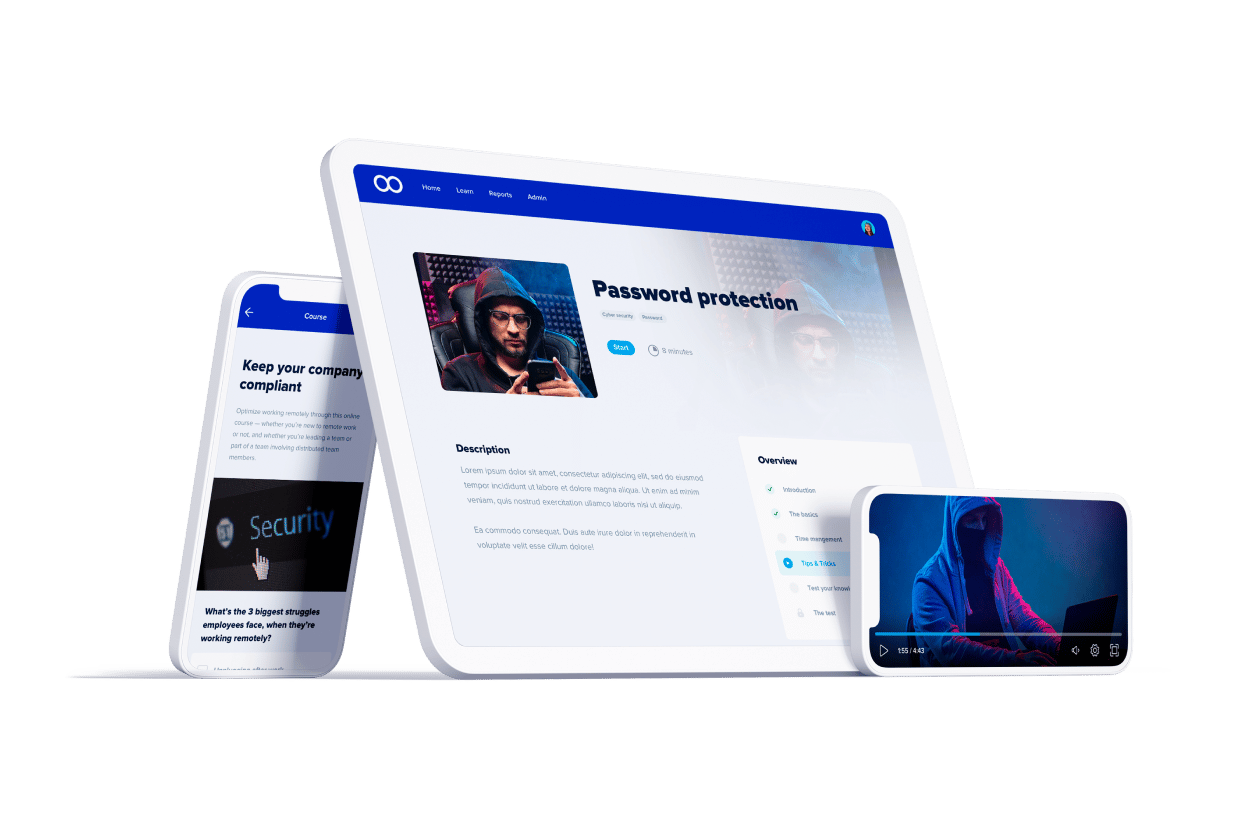95% of collapses in security happen because of human error (WEF). These errors could be something as simple as opening an invoice that appears paid earlier than expected. It could also be something as simple as opening an email asking you to log in again when you usually wouldn’t have had to.
These are the minute lapses of concentration and judgement that open up your systems to cyber attackers. But just imagine how it would feel to have all of your sensitive information blocked or shared and misused by people who shouldn’t see it, and then imagine how dangerous it could be if that information was also connected to your business.
That is why you need to build a culture of cyber security awareness and understand the types of cyber security attacks you need to be prepared to fight.

What are the Types of Cyber Attacks You Should Know About?
Baiting
As the name implies, baiting attacks use a false promise to incite a victim’s greed or curiosity. Baiting is typically a malware-infected flash drive that could be left outside, but is also commonly found in online advertisements.
Scareware
Scareware victims are attacked with false alarms and fictitious threats. These users are deceived into thinking their system is infected with malware, prompting them to install software that’s sole purpose is to allow the perpetrator access.
Pretexting
This form of cyber attack is when the attacker obtains information through a series of cleverly crafted lies. The scam is often initiated by a perpetrator pretending to need sensitive information from a victim to perform a critical task. The attacker usually starts by establishing trust with their victim by impersonating co-workers, the police, a bank and tax officials, or anyone else who falls into a category of authority with the right to the information.
Spear Phishing
Spear Phishing is an attack with precise targeting of an individual. An example of this kind of attack is if someone recently joins a new company and posts it on LinkedIn. An attacker would then contact them, asking them to sign into a system as a part of their onboarding. The reality is, this is a set up for the cyber attacker to gain access to the new employee’s username and password, providing them access into the company’s system undetected.

What can you do to protect yourself & your company?
If cybersecurity is such a worrying issue, then why is every company not protecting themselves? According to results from a Forrester survey, 65% of CIO’s stated that their IT strategies are being held back by lack of skills. That is why a need for half a million developer roles is necessary, and 1.5 million cybersecurity job openings will be created by 2020.
You can get a jump start on this however, by ensuring cyber security training is a part of your company’s learning culture. This should even be the first step of your training program. eloomi’s Content Curation Experts are here to help you navigate the scary world of cyber security to pinpoint the exact learning material needed to cover any gaps in cybersecurity training quickly and easily, protecting your employees and your company.
Cyber threats will continue to increase in relentlessness and complexity. Be accountable for keeping yourself, your employees and your company safe from cyber attacks.
Get in touch with eloomi’s Content Curation Experts today, or learn more about how you can protect your organisation from cyber threats.






